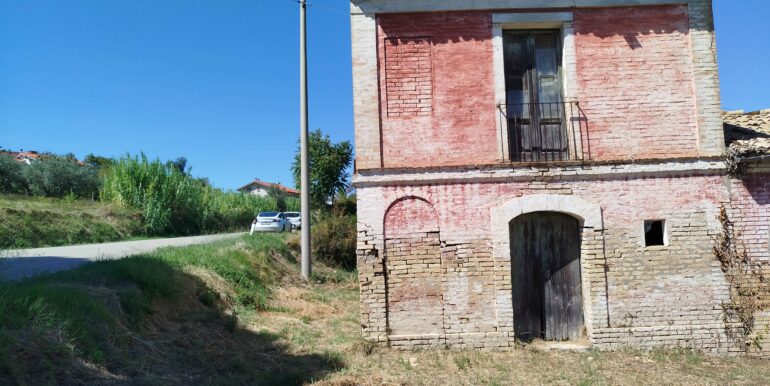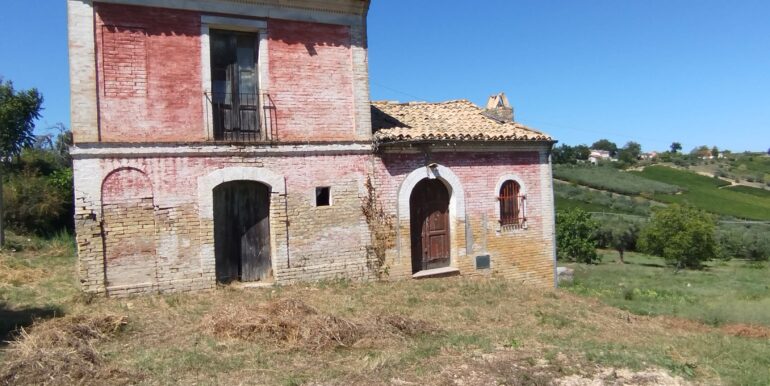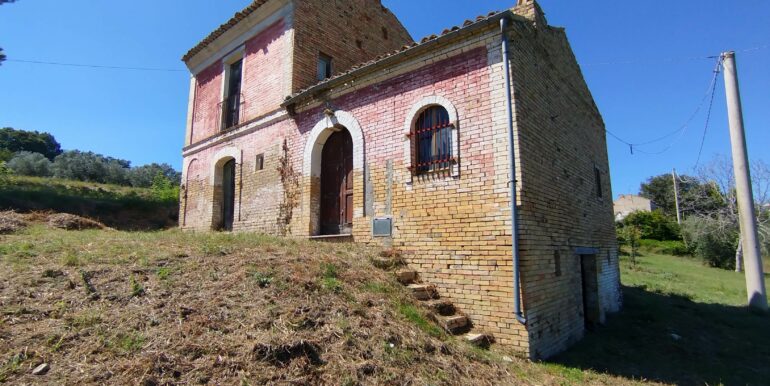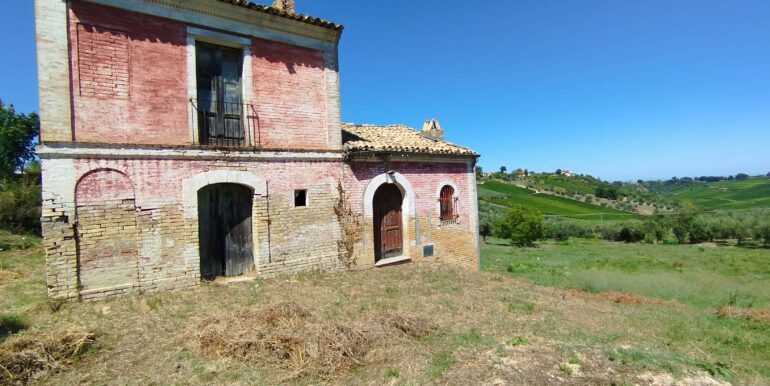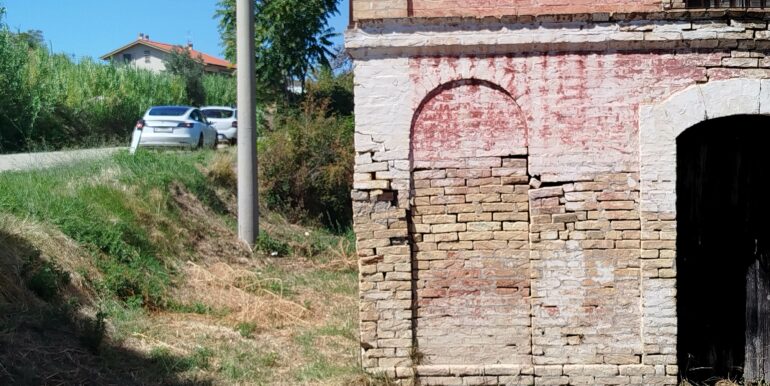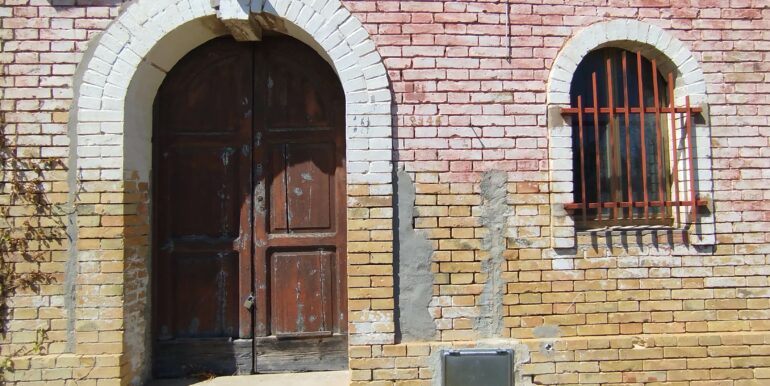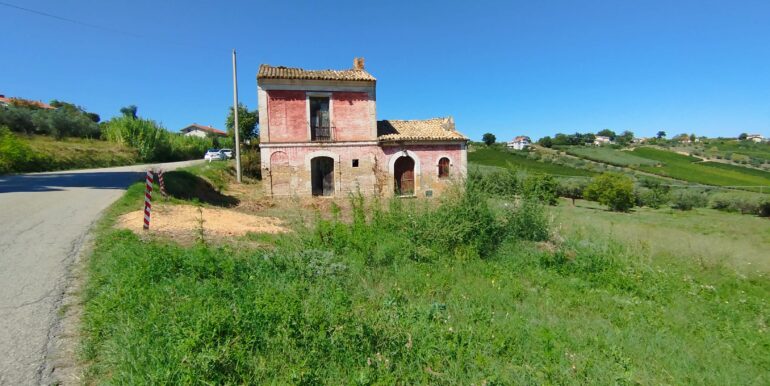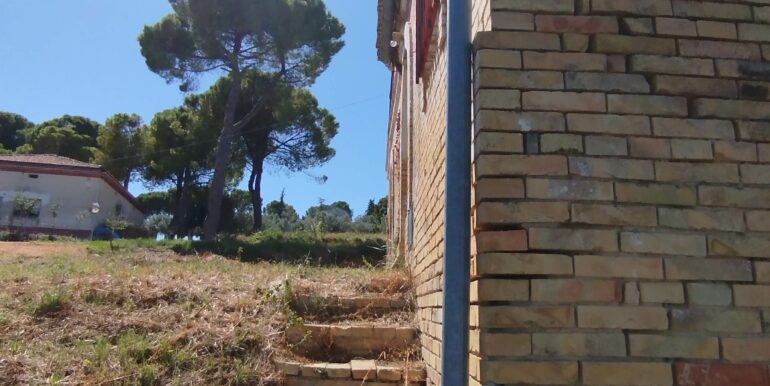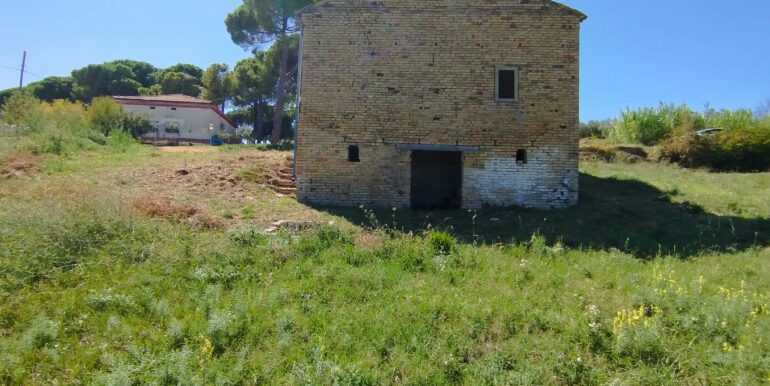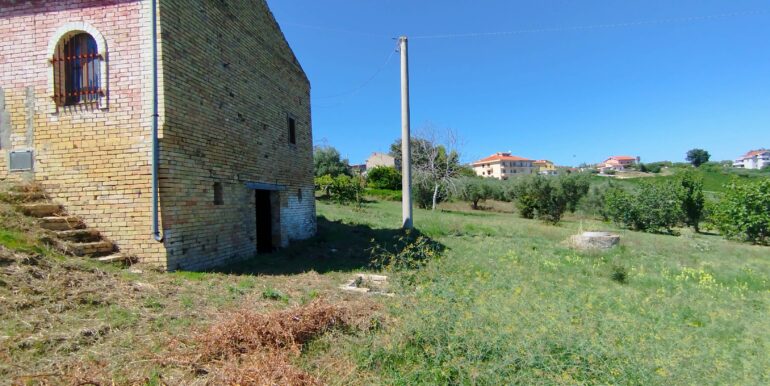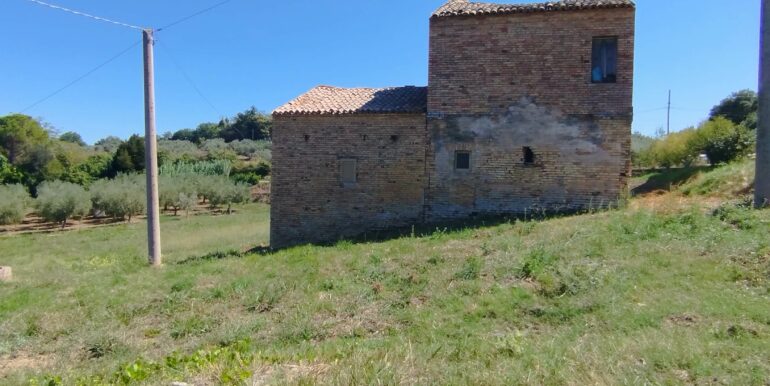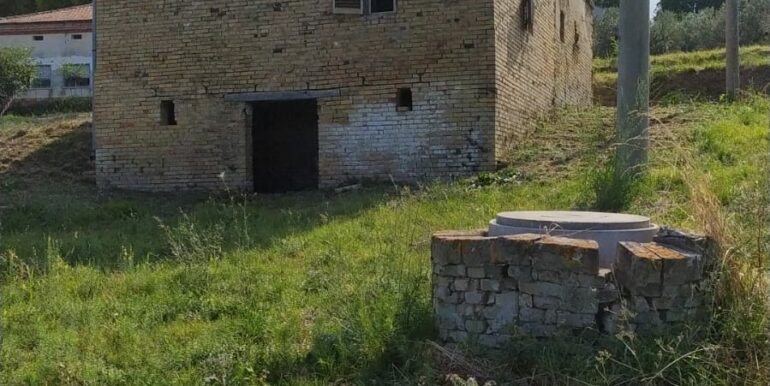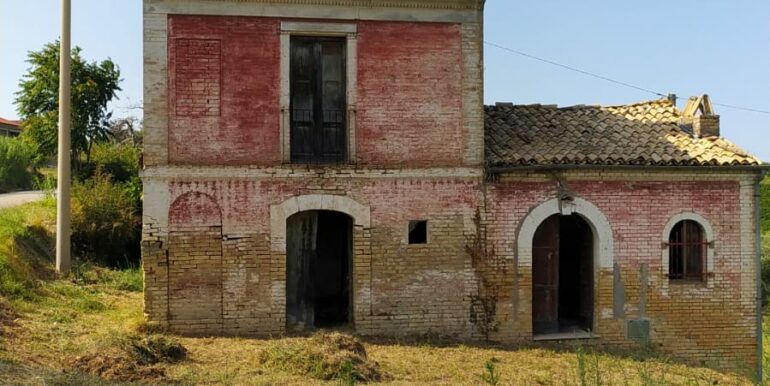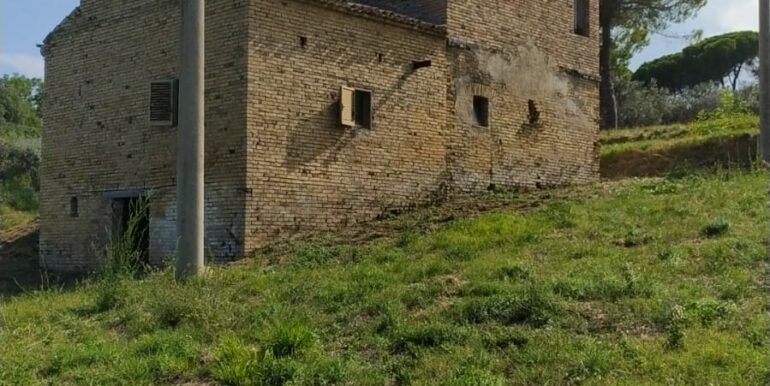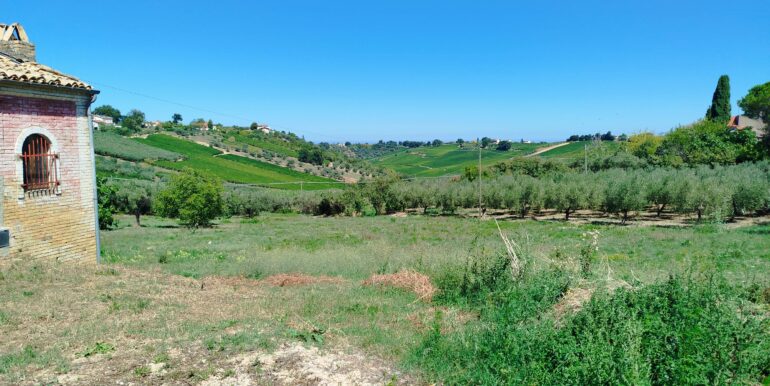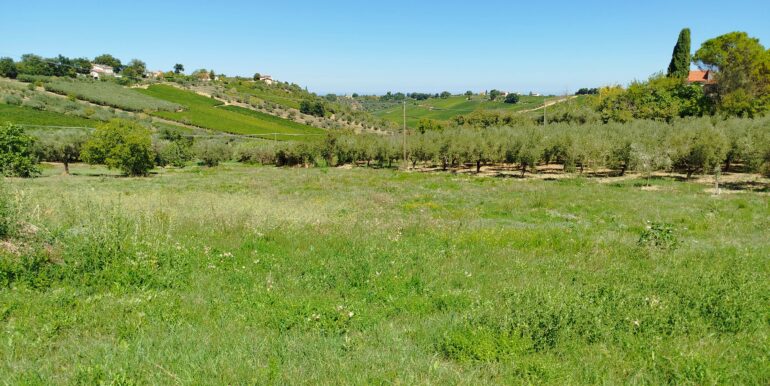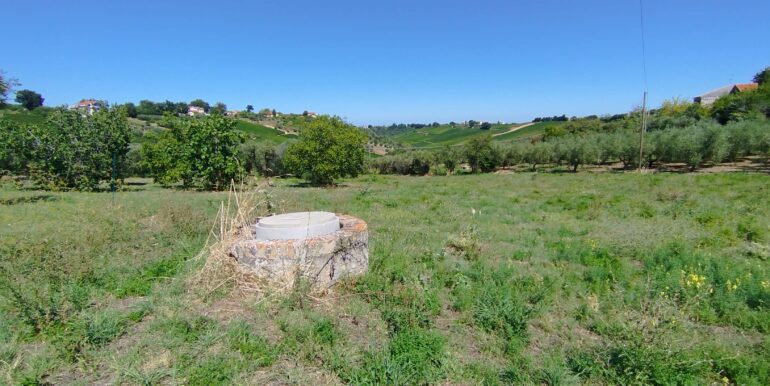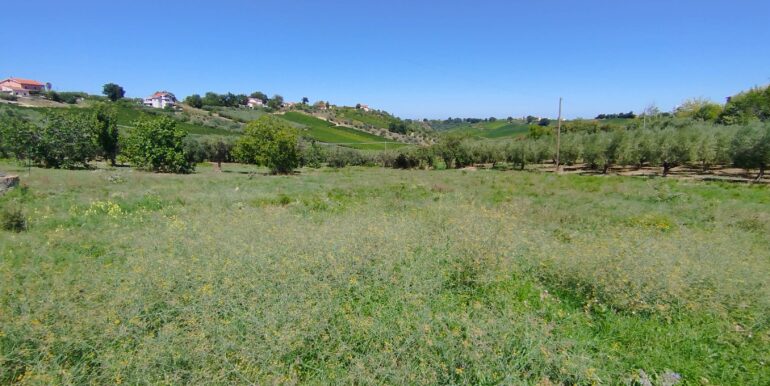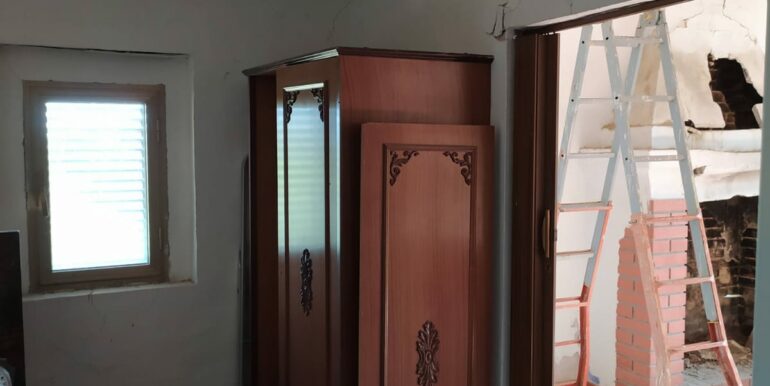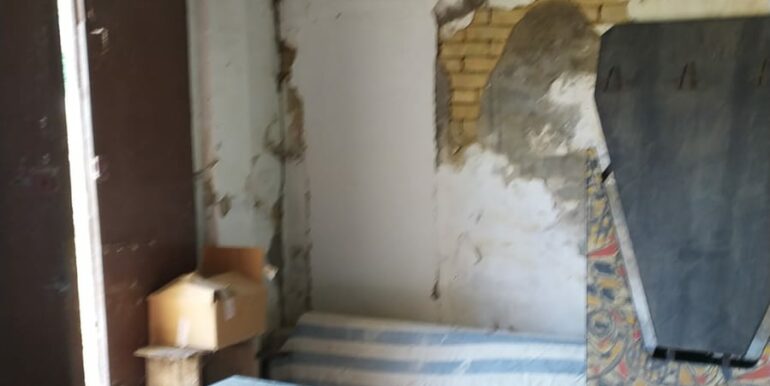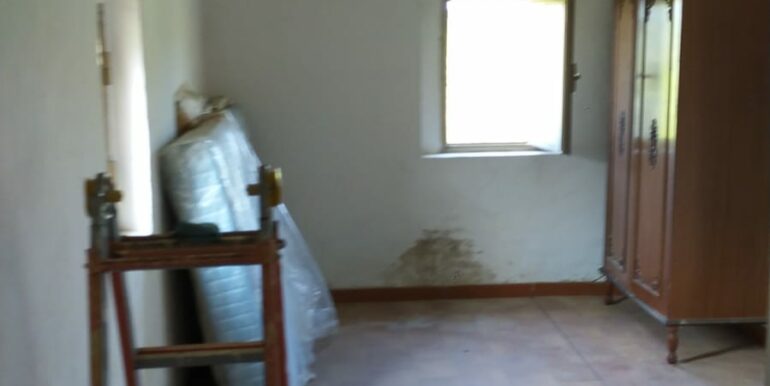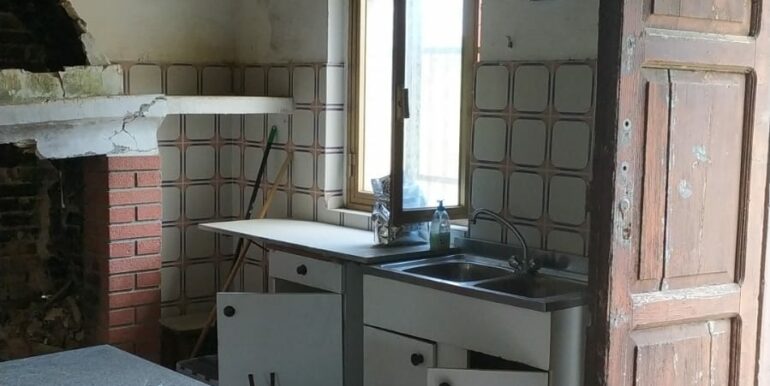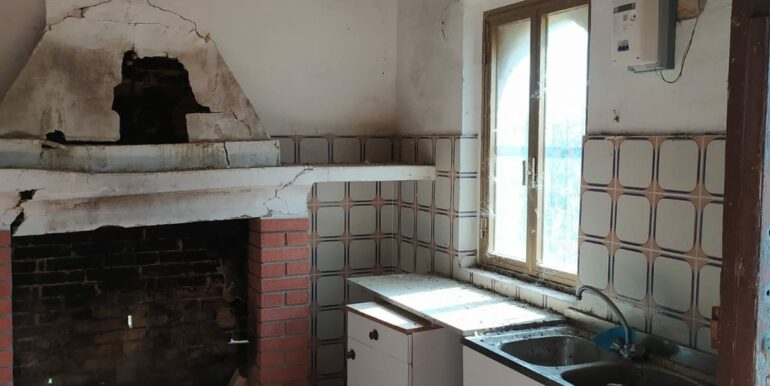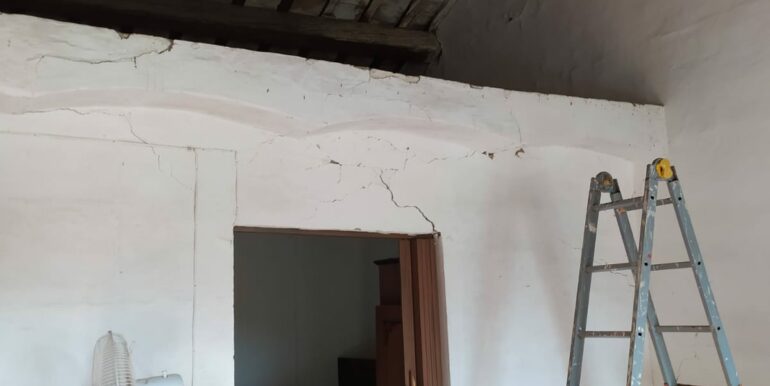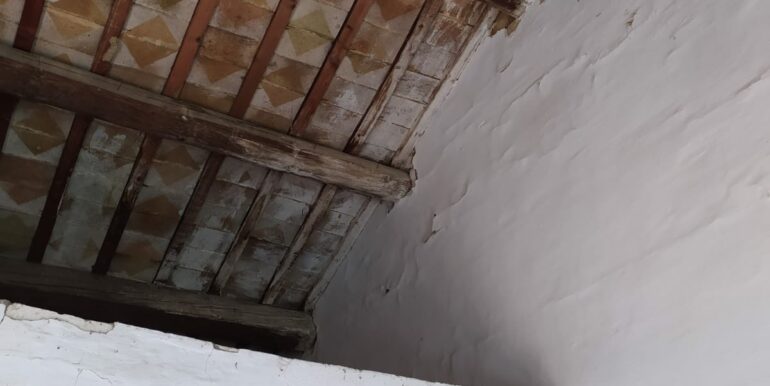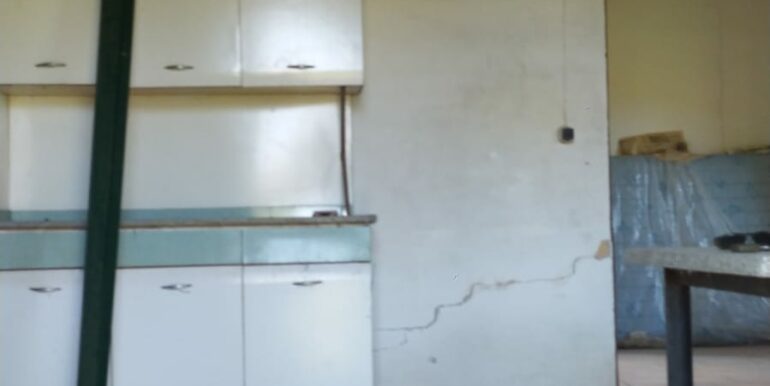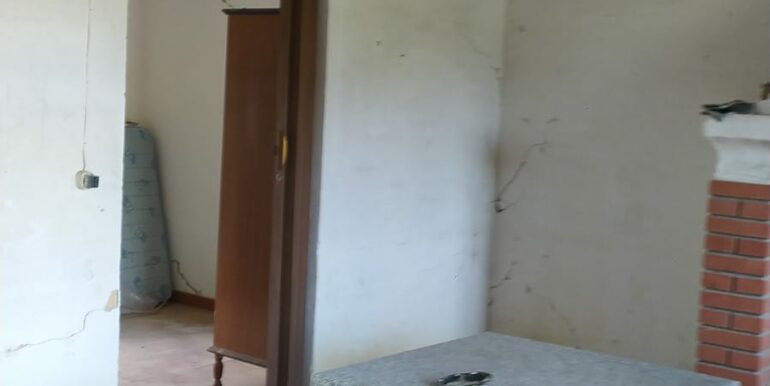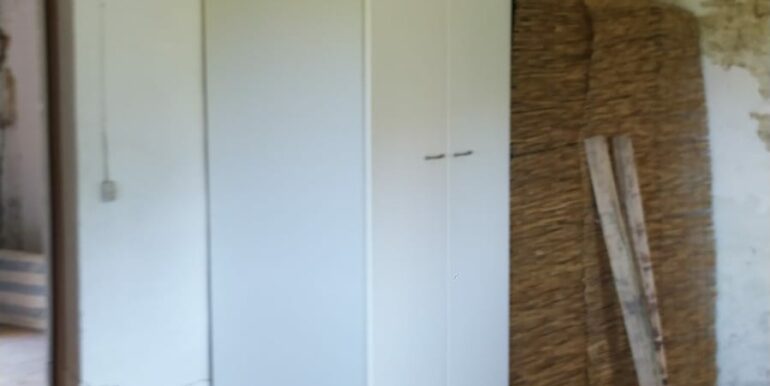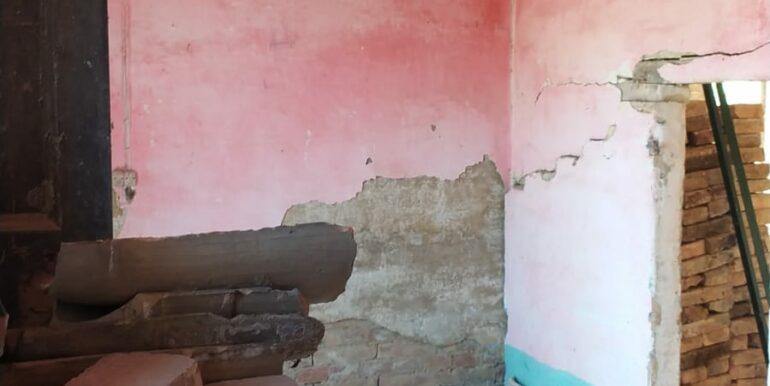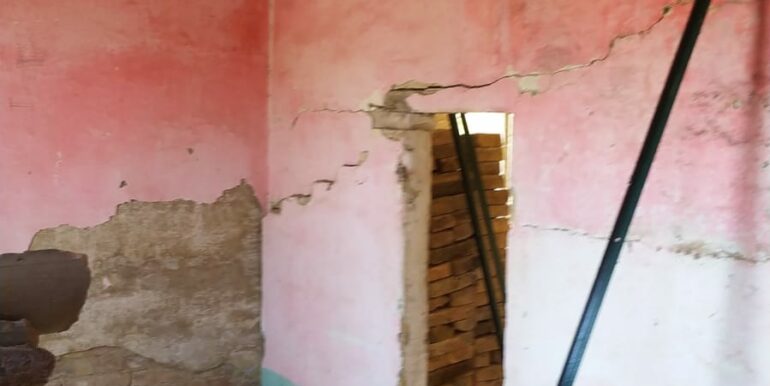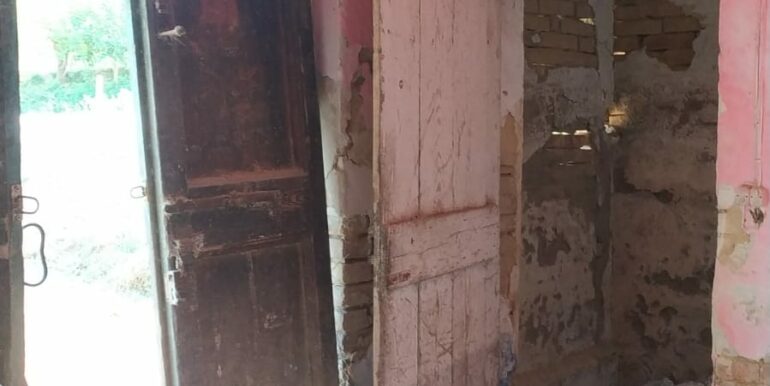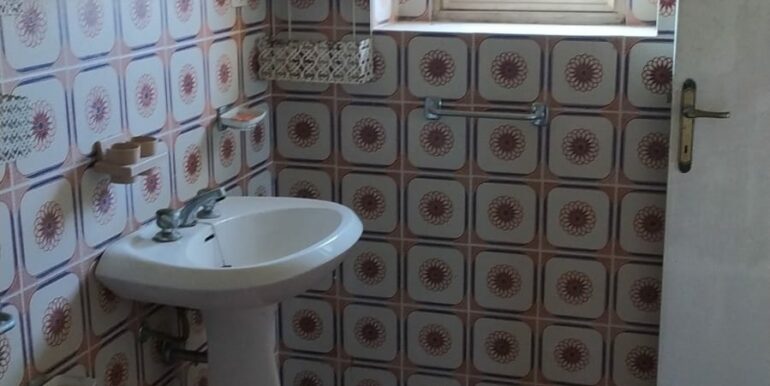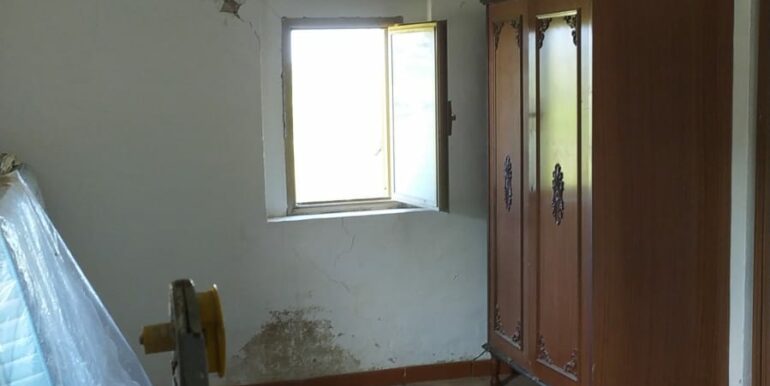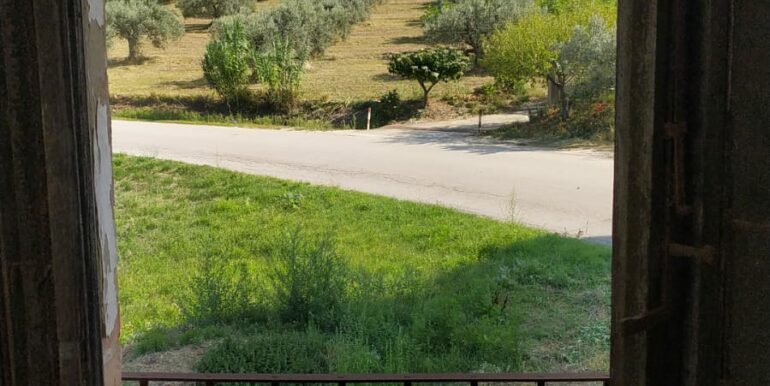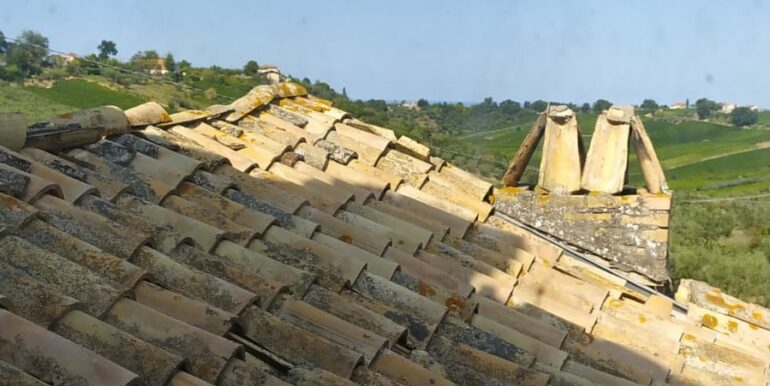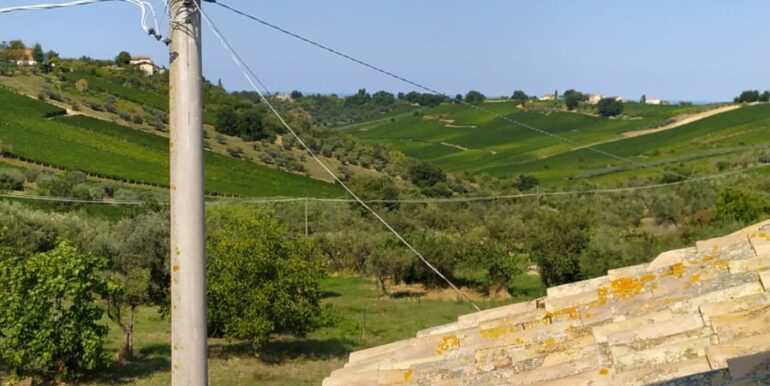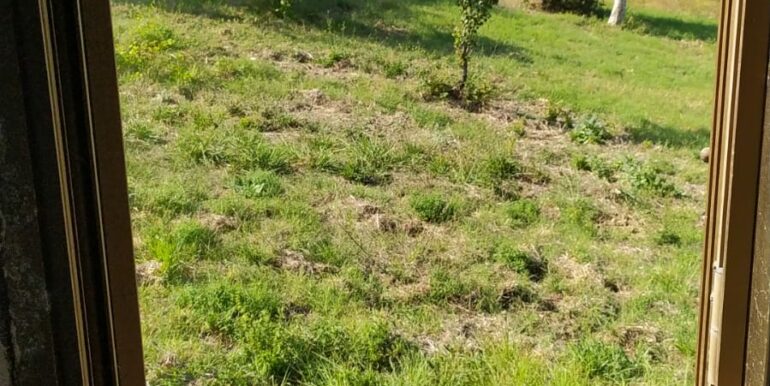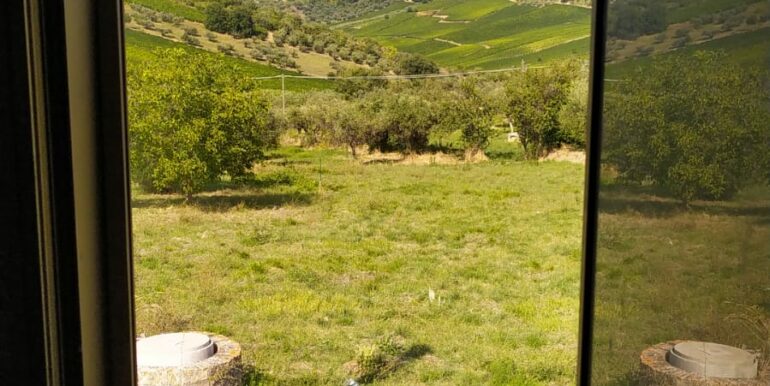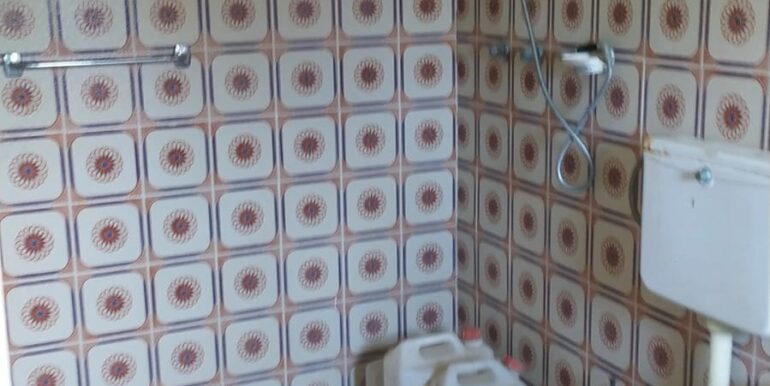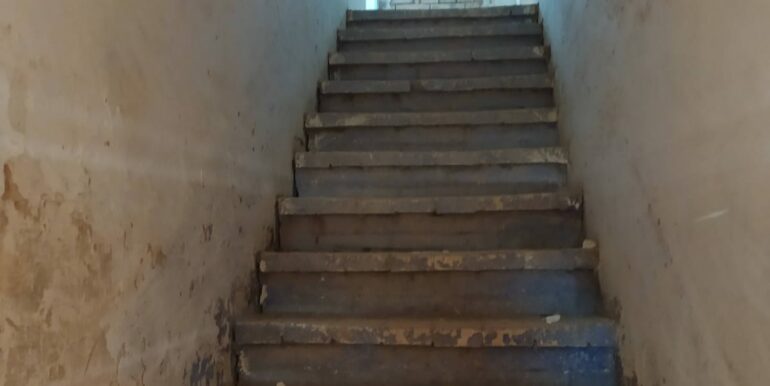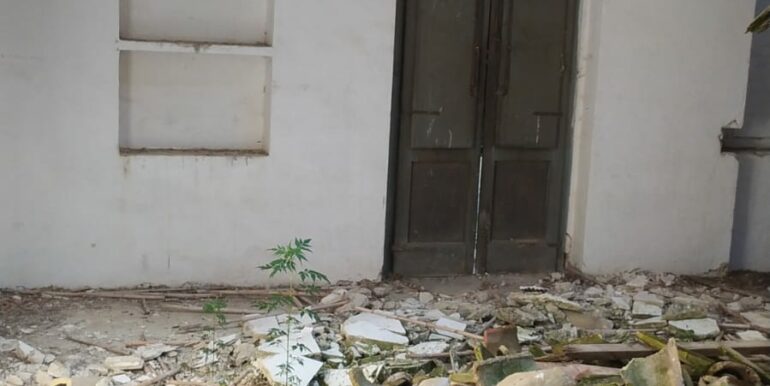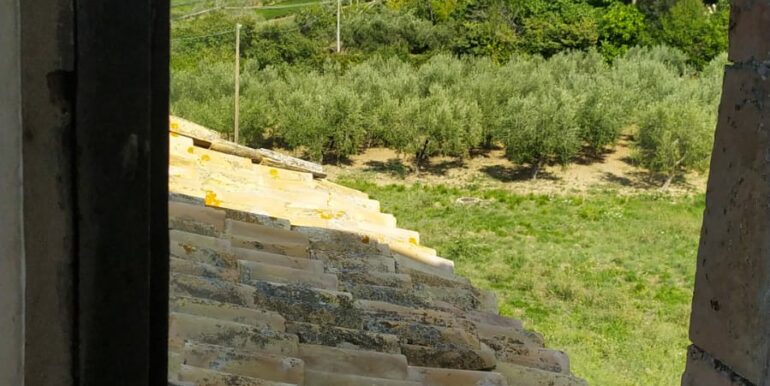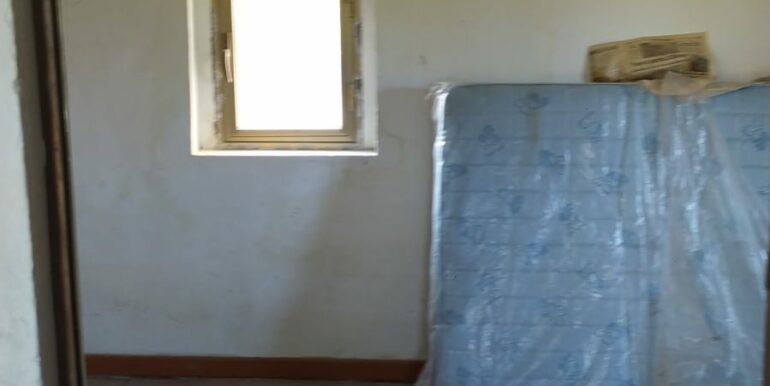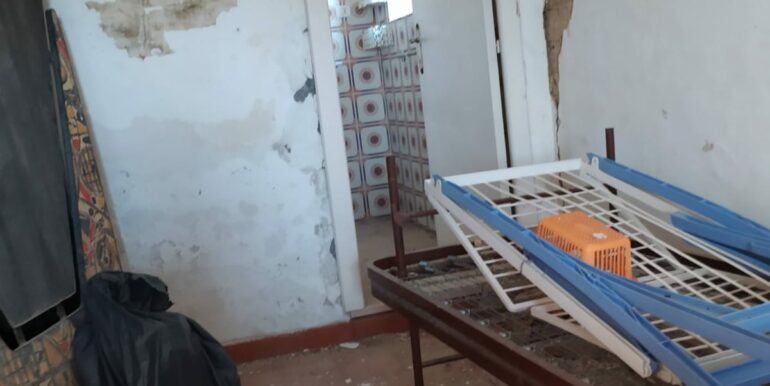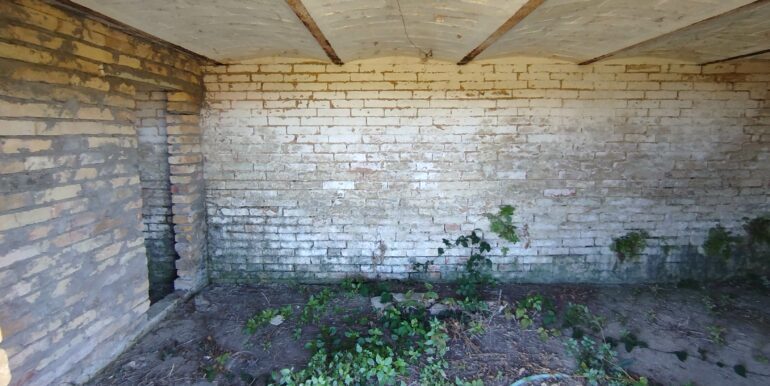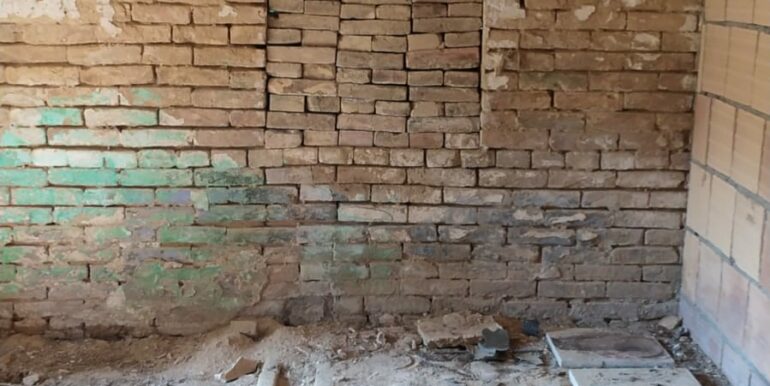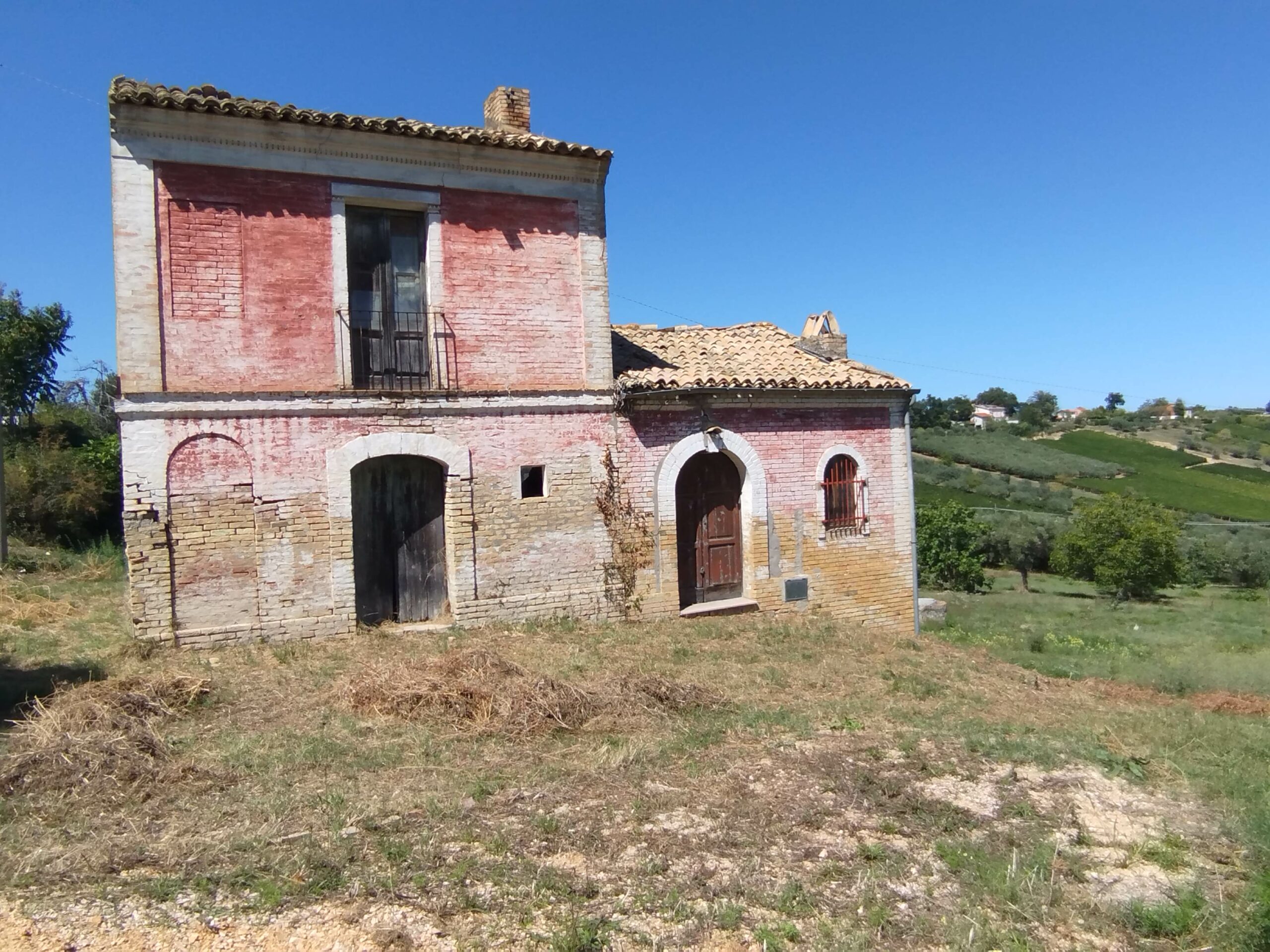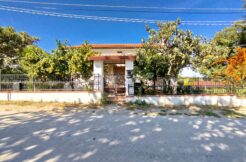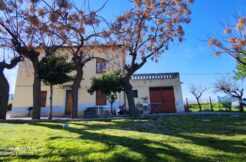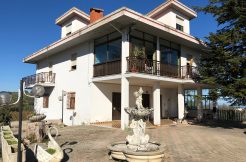Property ID : 1463
Sale €45.000,00,en - Rustic
A step back in time – Brick country house with garden and panoramic view in Villalfonsina (CH)
In the town of Villalfonsina, a pochi minuti da Casalbordino e dalle spiagge della Costa dei Trabocchi, sorge questo rustico in mattoni degli anni ’30, un luogo che profuma di storia e autenticità.
Un portale ad arco introduce all’abitazione, dove il fascino delle architetture rurali di un tempo si mescola al desiderio di rinascita e creatività.
L’immobile si sviluppa su due piani: the ground floor, quattro locali e un bagno; first floor, un unico grande vano che lascia spazio alla fantasia e alla possibilità di personalizzare gli ambienti; the basement, una cantina e una legnaia, accessibili dall’esterno, che conservano il profumo del legno e del lavoro contadino.
Dalla casa si gode una vista magnifica sul paesaggio abruzzese, con le colline che si perdono fino al mare. On the outside, un giardino con pozzo offre la possibilità di vivere il verde in totale libertà; il terreno è delimitato da picchetti che ne definiscono i confini.
Il rustico è completamente da ristrutturare, ma conserva un’anima autentica e grande potenziale: può diventare una dimora unica, dove il passato incontra il comfort moderno.
Utilities: water, energia elettrica
Surfaces: 110 mq netti l’abitazione; about 2300 mq il terreno
Price: € 45000 treatable
Class energetica: Esente
Le distanze ideali per vivere o investire: 5 minuti in auto da Casalbordino, con supermercati, negozi e servizi di ogni genere; 15 minutes from the Adriatic Sea and the Costa dei Trabocchi cycle path; pochi passi dalla fermata dell’autobus; about 1 and now 10 minuti dall’aeroporto di Pescara, about 3 hours and 30 minuti da Roma (aeroporto di Ciampino o Fiumicino); about 1 and now 30 minutes from the Majella ski resorts.
Un contesto autentico, poetico e pieno di possibilità.
Questo rustico non è solo una casa da ristrutturare: è un piccolo frammento di storia da far rivivere, tra il silenzio delle colline e la luce del mare.
Comune: Want Alfonsina
The ancient village. The origin of the village is unknown. The houses are arranged in a comb on both sides of the ridge on which there is the main road axis (Corso Adriatico) that the height of the church of St. Mary of the Snow median axis is cut in two: Via del Pozzo and Via Del Forno. The houses located on the main axis are single-family houses often connected to each other by under-arcades, courtyards, atriums and external stairways (locally called Brancatelli) with seventeenth-eighteenth-century epigraphs. Among other things, there are: an ashlar portal in carved stone dating back to 1849 and the palaces of some families: Cinosi, toilets, Gizzi and risio modernized in the nineteenth century in a neoclassical style.
Church of Santa Maria della Neve. It is located in Piazza Roma. The first system is perhaps prior to the seventeenth century with changes to the next century, However, the first citation is 1742 in the estimates of the Avalos family, the works of art within the site are of the same period, except for a painting that seems to come from another zone. The dichromatism of the bell tower is created in fragments of brick and sandstone. The bell tower, it also consists of single-light windows. The roof of the tower is onion. The façade is divided into three registers by means of two pilasters. The portal is surmounted by a tympanum surmounted by a large window with a mixed-line frame. The upper gable is curved and broken. Besides the paintings inside are covered with the stucco paintings. The interior has a single nave.
Fontana nineteenth. It is located in off the fountain at where was the church of San Rocco which no longer exists. It was built in the 19th century or in the first decades of the 20th century. It is the fountain-type kiosk. It is a polygonal. The facades consist of round arches, one for facade, surrounded by pilasters with Doric capitals. Above it is surmounted by a polygonal drum. It is made of bricks. The central body is the real source also used as a wash house.
Villa Amalia. Villa built by the Adami family around the end of the sixteenth century whose last representative was the Lord Giovanbattista Adami Prince of Pacentro, noble Napolitano then fallen into disfavor because pro-Bourbon. Such construction called "casino" typical construction of square plan was home to several famous people among them a Pope. It was received as an inheritance, in the nineteenth century by four descendants of Monsignor Adami (including a priest Don Angelo Molisans from Casalbordino) who sold it in 1909, together with the title of Chivalry, and land in the middle of north-mail hill that ends on the Adriatic Sea to the Knight Don Umberto Del Re, Napolitano and noble patrician of Pollutri that the entitled to its noble consort Donna Amalia Pecorari from Crecchio. Villa Amalia, however, was the scene of a tragic fate that interested her new owner who died in a tragic accident between the car conducted by his driver and a train of "Sangritana" before the Second World War. Currently, the frieze of the "Villa Amalia" with the old name "Villa Adami" is "used" by the Madonna dei Miracoli winery in Casalbordino to identify one of the finest wines of Abruzzo.
Source: Wikipedia

